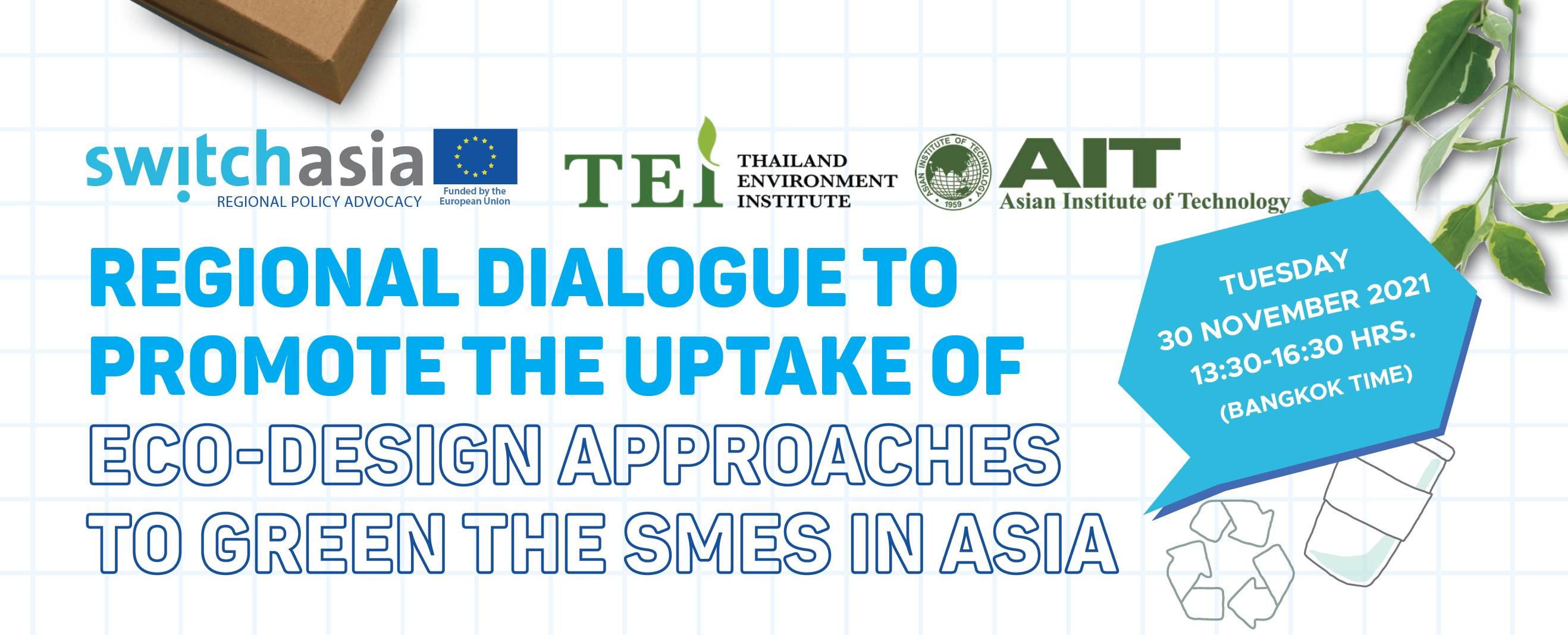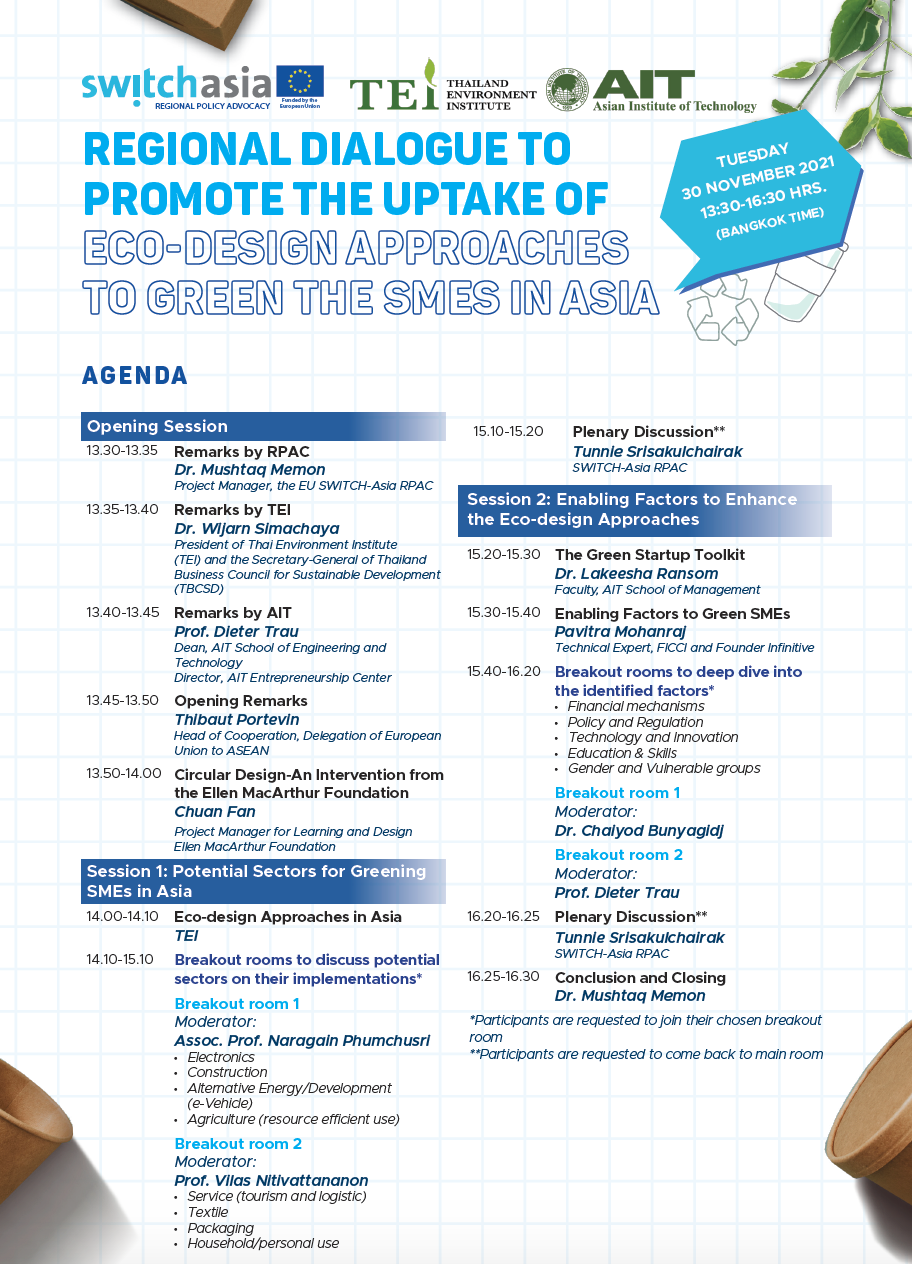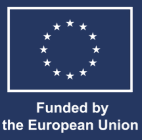
WHEN: 30 November 2021 I TIME: 13:30 - 16:30 (Bangkok Time) I REGISTER Here
Background
Small and Medium-sized Enterprises (SMEs) in Asia play an important role in driving economy, employment and innovation and therefore are core engines of transition to green growth. In the Asia-Pacific, SMEs account for approximately 97% of all enterprises, two-thirds of employment and around 30 to 60 percent of GDP (Anbumozhi, 2019). Reducing the aggregate environmental impact of SMEs through achieving and going beyond environmental compliance in both manufacturing and services is therefore a key success factor in greening the economy. According to NRC (2017), a green SME is an enterprise whose business model includes: i) any product, process or service designed with the primary purpose of contributing to remediating or preventing any type of environmental damage; and (ii) any product, process or service that is less polluting or more resource-efficient than equivalent normal products that furnish a similar utility.
In addition to the significance of their environmental footprints, SMEs also play an increasingly important role in driving innovation in products as well as business models. It became evident that, to move towards a green and circular economy, attention should be given to pioneer SMEs who have developed circular business models, contributing to the increased use of renewable energy, recycling and waste management. Green SMEs would therefore not only be an essential element of the economy but could also drive innovation and competition and thereby help to address economic, environmental, and social challenges of Asia.
Eco-design is a proactive approach in designing products and services that use minimum resources and energy and have minimum negative environmental and social impacts throughout their life cycles while meeting the users’ needs of functionality and quality. The practices are considered interventions from conception to development or from use to end-of-life, starting from materials extraction, production, distribution, use, end-of-life and design. An example includes selection of low-impact resources and processes, extending the lifespan of the material, system design for eco-efficiency, life cycle design, minimizing resource consumption, production lifetime optimization, etc. (Hilal Bugali, 2013). In 2020, the EU SWITCH Asia RPAC in partnership with Thailand Environment Institute (TEI) successfully organized a regional dialogue to enhance awareness and knowledge on eco-design as an efficient path to achieve sustainable development. The dialogue highlighted that supporting facilities for Asian SMEs could be one of major thrusts in promoting eco-design and Sustainable Consumption and Production (SCP) patterns in Asia. As the region is today a fast-growing base for the manufacture of various kinds of products for the world, there is a clear need for the Asian SMEs to enhance their capacities to deal with increasingly stringent environmental legislation and certification requirements. The willingness and capability of SMEs to adopt sustainable practices and seize green business opportunities however generally face size-related resource constraints, skill deficit and knowledge limitations. There would thus be specific challenges for SMEs in making the transition towards green and circular economy approach and thereby different supporting measures are needed to enhance this uptake.
This year, RPAC is honored to work with Asian Institute of Technology (AIT) and Thailand Environment Institute (TEI) to continue the regional dialogue to promote eco-design approaches in Asia as a path to achieve SDG 12 and mainstream SCP in Asia.




